|
When we look at the world most have a tendency to unconsciously assume that "this is the way it's always been." When we take even a cursory look at history though, it becomes clear that what we mistake for normal is completely abnormal. The implications are stunning. So what makes the time we live in so different? Most people don't realize this, but before 1800 (only about 200 years ago), the world population had never gotten above 1 billion. Between about 1800 and 1900, 1.5 billion more people were added, bringing the total world population to about 2.5 billion around the year 1900. Today, just 100 years later, we are at about 7.5 billion. So just in the last 100 years now about 5 billion more people have been added. Let's restate this. For about 99% of human history, the earth has never had a human population above 1 billion people. In only the last 200 years, the human population has exploded from 1 billion to 7.5 billion. This should absolutely blow our minds. So now we have to ask: how is this possible? The answer is clear. We discovered fossil fuels. Credit: Gail Tverberg at www.ourfiniteworld.com This unprecedented and extraordinary growth has allowed a lot of technological marvels and enabled the society we live in today. But it is doing unthinkable damage to our planet. And it will not be, historically speaking, long lasting. Look at some of the results of this mind-boggling growth: We are living in what scientists call the 6th Mass Extinction Event. The difference between this extinction event and the past 5 is that this one is directly caused by humans impact on the planet through our incredible growth rate. One-half of all species are threatened with extinction, primarily by industrial activity. If nothing is done, one-half of all species will be gone by the end of the century, including 1 in 4 mammal species, 1 in 8 bird species, and 1 in 3 amphibian species. Estimates vary; some say we could lose 50% of all species currently alive today, and some say it could wipe out as many as 90% of all species living today. All in the next 75 years or so. One human lifetime. Species loss and biodiversity have taken a nosedive particularly since the early 1960's. This despite substantial growth in the amount of designated protected habitats which account for over 100,000 so-called “protected areas” representing some 7 million square miles of land and nearly 1 million square miles of ocean. This article shows the many reasons why these measures have been inadequate for preventing the steady disappearance of earth’s creatures. The authors of the study concluded that the only real solution is a “restructuring of world views to bring them in line with a world of finite resources.” As I wrote at the beginning, the implications are stunning. To see where this is all leading we must take into account the fact that we have fallen into the trap of thinking that we could exponentially increase our population and unceasingly consume our resources. But what is now left is not enough to sustain the next generation. A dramatic population collapse will occur. It is no coincidence that at roughly the same time we have extracted all of the easy to get and cheap to extract conventional fossil fuels (which peaked globally in 2005). We are seeing the collapse of "the way things are" and in the very near future will have to live a drastically different lifestyle - one predicated on far less energy consumption. A friend of mine on Facebook, Eric Walton, put it perfectly when he said: "All life with excess resource and no predation multiply exponentially. Humans since the industrial revolution (exploitation of fossil fuels) have been caught in this trap. When any life does this (bacteria in a Petri dish, or invasive species), once they have grown their population to consume half their resources, what is left is not enough to sustain the entirety of the next generation. A dramatic population collapse occurs quickly. Peak oil is our population collapse." Credit: Gail Tverberg at www.ourfiniteplanet.com
Source: http://www.resilience.org/stories/2012-08-14/energygdp-forecast-2050#
3 Comments
Gabriel
12/2/2016 05:47:10 am
Need to edit 7.5 trillion to 7.5 billion. Other than that very articulate as always.
Reply
Dennis Mitchell
5/22/2017 04:51:59 pm
So much of the explosion of population came from poorer countries who didn't use as much oil. Coal use has sure added to the population growth. It is conceivable that we reach one or two trillion before crashing. Those population levels where reached with massive famine, war, and illness. Hate to think what we could do to the earth without a collapse.
Reply
Leave a Reply. |
The future is going to be far different than the past. The next decade is going to look vastly different than the last decade. This blog is about the transition.
If you like what you see, contribute to making this blog a success here:
Recent Posts: Physical Preps and Tools Prepping Priorities - Physical & Psychological 2022 US Threat Assessment Part II 2022 US Threat Assessment Part I GONE Bag: Get Out Now Emergency Tactical Gear Considerations Interview with Derrick Jensen 2020: A Marker For Collapse Firearms And Our Future Thermodynamic Failure: Phase 2 Firearms and Defense Syria 1971 Explaining Peak Oil Graduate-Level Preparedness The Significance of Renewables Preparing What Will The Future Look Like? What Do The Experts Say? Hope is Complex and Fragile Historical Perspective Personal Change Does Not Equal Social Change Why Genesis 1:28 Doesn't Apply It's Not About Running Out of Oil Introduction |
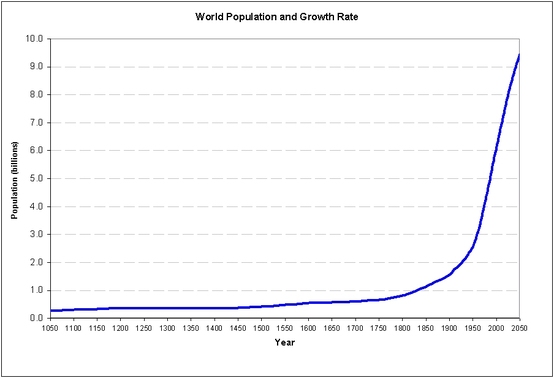
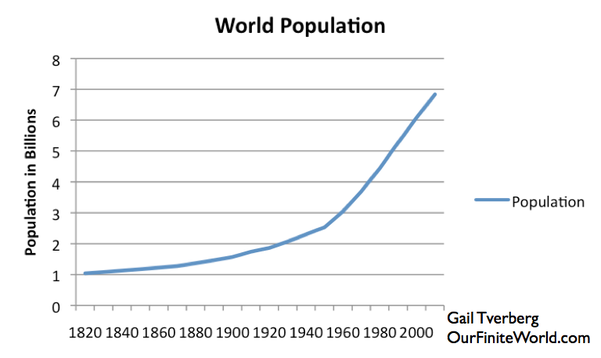
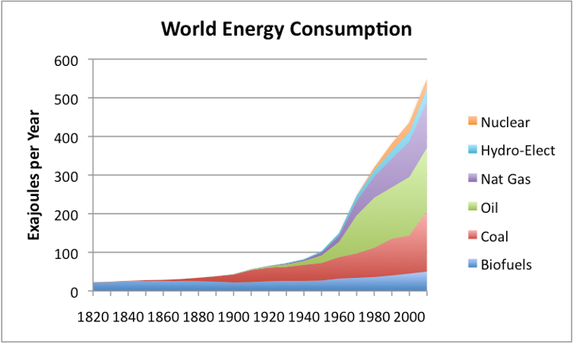

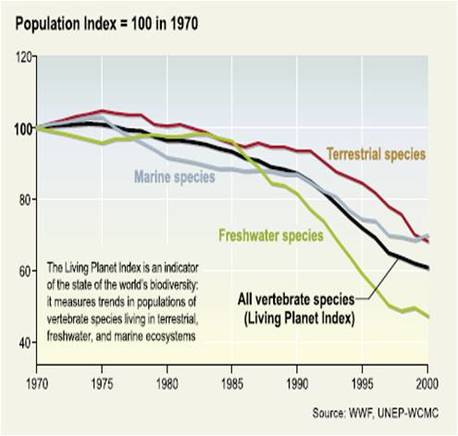
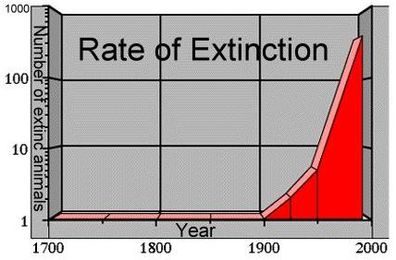

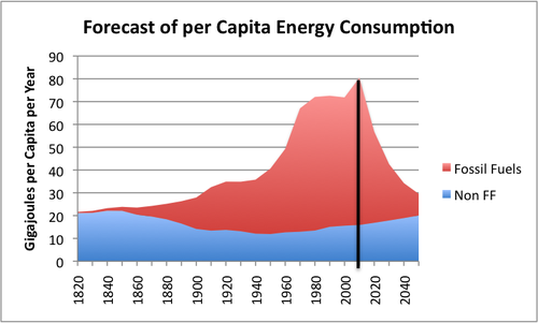
 RSS Feed
RSS Feed
